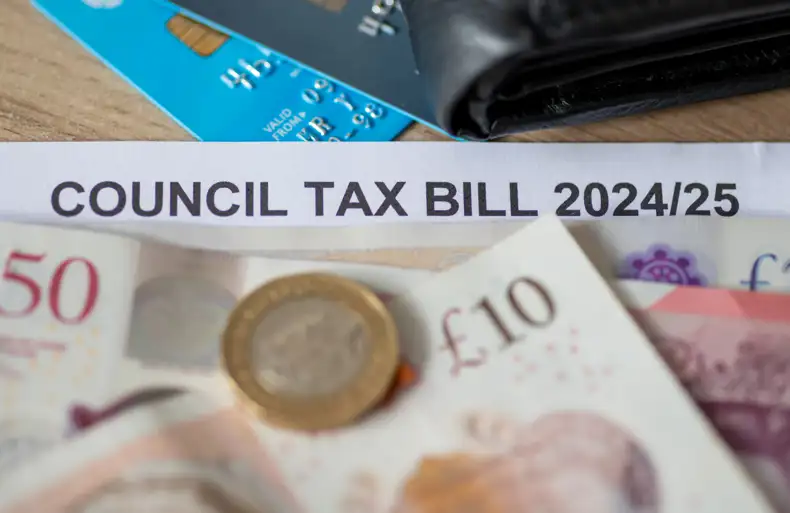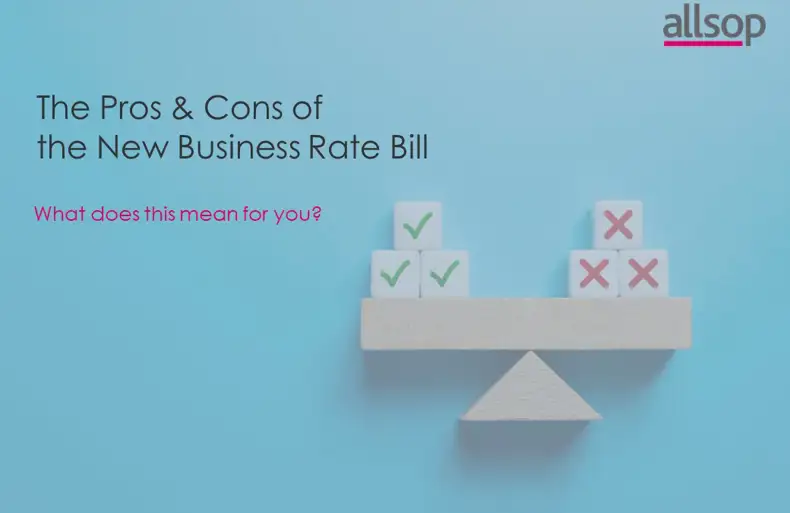Blog | Business Rates
Rates Mitigation

In some ways, business rates are a very straightforward form of tax; they are charged on a binary basis of either ‘empty’ or ‘occupied’ and charged to the person ‘entitled to possession’ – usually the landlord or tenant. However, since the 2008 increase in empty rates liability from 50% to 100%, the conditions have been perfect for the rates mitigation industry to thrive.
Landlords have been increasingly squeezed with regards to empty rates, and have looked to run their estates more tax efficiently. However, on speaking with landlords about rates mitigation, there are a wide array of feelings towards this as a form of liability reduction. Some are concerned that local councils will penalise them for implementing these schemes; others have utilised them for years and can see their benefit.
However there have been two notable court decisions this year that have helped to clarify the legitimacy of such schemes. Local authorities lose considerable amounts of revenue to these schemes, and therefore in an effort in increase their rates retention, they have been spending significant time and resource challenging certain forms of mitigation through the higher courts. Notable recent examples include Hurstwood Properties (A) Ltd v. Rossendale BC [2021] UKSC 16, and Public Health England v. Harlow District Council.
Rossendale sought to question the practice of the ’managed insolvency’ mitigation schemes, which see a property owner grant a lease to a special purpose vehicle (SPV) without any business or assets. The SPV becomes the ratepayer by virtue of the lease but then is immediately placed into voluntary liquidation, or is otherwise dissolved. Companies in liquidation benefit from a specific exemption from liability for non-domestic rates and, as part of the dissolution process, the lease transfers to the Crown as ownerless property (bona vacantia) and remains in this state until the liquidator or Crown disclaim it.
In the Rossendale decision, the Supreme Court ruled that the SPVs could not be considered as the person entitled to possession, as the scheme had been designed in such a way that there was no real or practical ability to exercise the SPV’s legal right to possession. Further to this, the SPV was only granted a lease solely for the purpose of avoiding empty rates. Therefore the landlord was found to be the person entitled to possession and therefore responsible for the empty rates liability rather than the SPV. This decision demonstrates that landlords must remain cautious when considering how to best manage their overall rates liability and, if considering deploying a rates mitigation scheme, they must choose one based on its legal credibility rather than its overall savings potential. In the Public Health England (PHE) v. Harlow Council High Court decision from April of this year, Lord Justice Kerr clarified what can be considered a rateable occupation of premises when looking at schemes of intermittent occupation.
Intermittent occupation relies on a tenant taking rateable occupation of a premises for a period of six weeks, then vacating the property and allowing the property owner to benefit from the three or six-month empty rates exemption that this occupation generates. Harlow brought this case to the High Court to contest on two grounds; firstly, that the six-week period did not constitute a rateable occupation as the items in the boxes were of little value and, secondly, that if PHE was found to be in rateable occupation during the six-week period, that it remained in occupation for the following three months. On this last point, the council used the fact that there was a model of the building post-redevelopment in situ, as well as items used for occasional meeting purposes: coffee and tea-making equipment, chairs and a board table, as well as cleaning equipment that remained onsite after the storage boxes were removed. Both of these arguments were dismissed and, as part of his decision, Justice Kerr made the following point:
“Unless the possessor misunderstands the law or takes a wrong step, it is in a position to benefit from the exemption by occupying and then vacating the property at times of its choice. There is nothing surprising or disturbing about that observation; it flows from the established principle that “the court is not a court of morals, but of law” (per HHJ Jarman QC in Makro Properties, at [56]). It is for the legislature to change the position if it decides to do so.”
The above cases highlight the need for care to be taken when seeking to reduce empty rates, as there are ways to mitigate an empty rates liability that are acceptable to the courts – and others that are not.

Business Rates in the Budget
The Chancellor announced that:- Small Business Rates multiplier is fixed again (relevant to properties with an RV below 51,00...

We need a Council Tax revaluation – and we need it now
It's clear the system isn’t fit for purpose and, unless something is done about it, our councils will continue to struggle – ...

New Rating Bill – changing business rates
Parliament is soon going to enact new primary legislation on business rates, which will have an impact on your pocket as well...

Investors have just weeks left to change a decade of business rates
When it comes to business rates, eyes tend to glaze over. Many property investors take the view that nothing is certain in li...